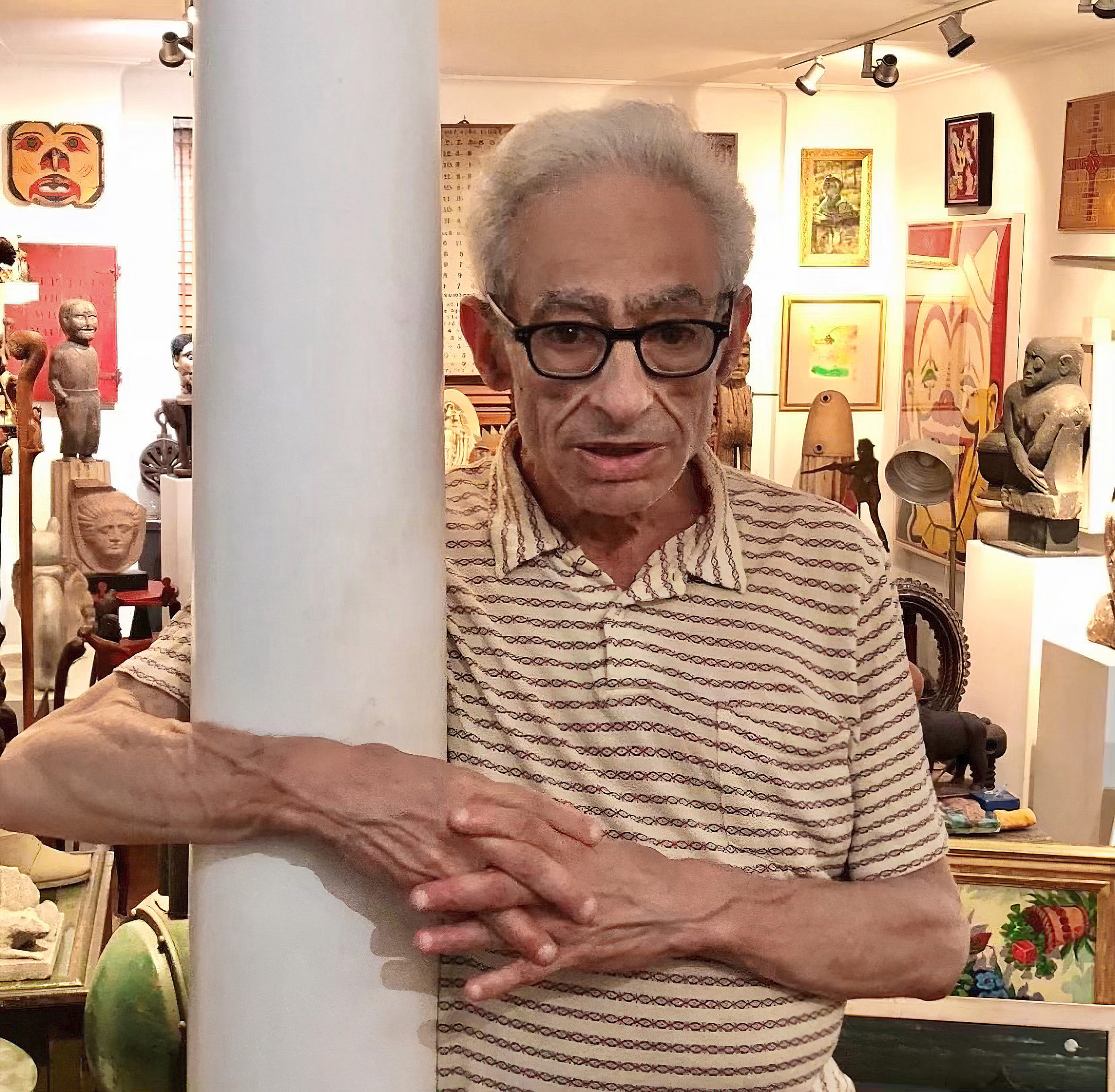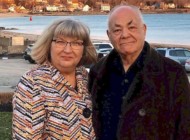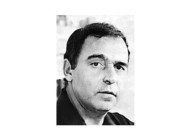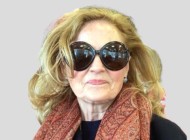
Submitted by Steve Powers
JACKSON HEIGHTS, N.Y. — Peter Brams (b 1946), who died on July 1, was a collector’s collector. He didn’t follow fashions and wasn’t swayed by what others were buying. He bought with an open mind, a discerning eye and an adventurous heart.
Originally from Concord, N.H., Brams graduated from Hamilton College in upstate New York and then moved to New York City, where he started a jewelry business as a designer and manufacturer. With his success, he started buying contemporary art in the burgeoning ‘80s art scene. In 1986-87, his alma mater exhibited, in part, his collection of works by Basquiat, Gilbert & George, Philip Taaffe and Milan Kunc at the Fred L. Emerson Gallery at Hamilton College.
In the late ‘80s, Brams saw a connection between the works of Basquiat and the paintings of Outsider artists Sam Doyle and William Hawkins. And just as soon as he became interested in Outsider Art, he saw the overlap with American folk art and dove headlong hard. So, the 1990s were all about American folk art; he amassed a deep and personal collection. His aesthetic was classic but left-of-center, and he appreciated modesty; things too perfect were predictable and often lacked “life.”
In 2001, Brams decided to rip off a band-aid, sell his entire folk art collection, and move from the Palisades of New Jersey to Jackson Heights, N.Y. With a blank slate and an empty apartment, Brams started collecting again.
At first, with no particular focus, he bought what called to him, and soon enough, it was the understated yet sophisticated line quality and sublime carvings of the Woodlands people that had a profound effect on him. In hindsight, Brams was constantly sifting and refining, seeking the essential elements that composed great sculpture — form, quality of execution and surface — which is the Woodlands aesthetic at its core. Brams amassed a study collection of Woodlands ladles and bowls and used this group to help define and judge the more elevated examples in his ever-growing and remarkable collection.
After a health scare in 2012, he sold his Woodlands collection, and in the last decade, he found himself back to American folk and Outsider Art, acquiring a few key pieces that had escaped him in the 1990s.
Brams was remarkably humble and would shy from any compliment thrown his way. Though his remarkable collecting journey amazed those around him, he would defer any personal credit that it was his instincts, education and heart that shaped his highly discerning collections.
Peter often spoke of his happy childhood in New Hampshire and his love for his parents. His comfort is that he is buried with them, his younger sister and his dog Suzie in his hometown of Concord, N.H.




